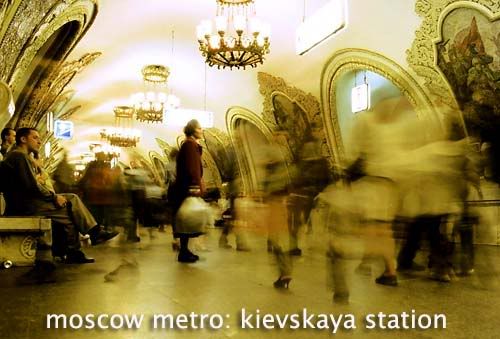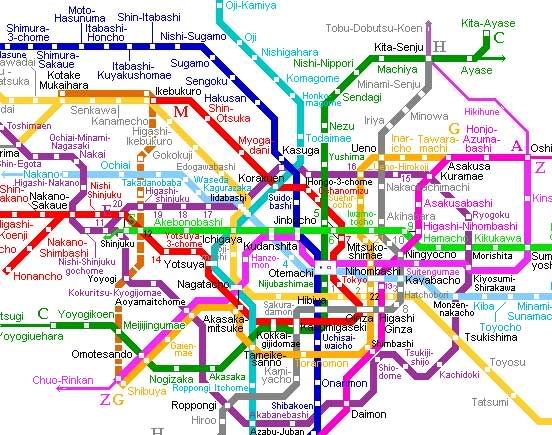Until yesterday, I was calling myself a guy who likes subways and rapid transit systems. Colloquially across the world I would be called many things: In New York I'm a railfan or a foamer. In London I'm a trainspotter, a grizzer, or a gricer. In Austrialia I'm a gunzel. Fortunately, someone with a good hold on Greek suffixes created the all-encompassing designation,.
Compared to most, I'm really an amateur. I live in Albuquerque, land of no public transport, a fact which has probably led to my wonder about trains that travel under 70-storey, million ton megabehemoth buildings all day long. It also means that I don't have much experience with them.
Several trips to Europe and one or two in America has given me the opportunity to ride subways in:
London (1st by track length, 7th by annual passengers)
Paris (7th by length, 6th by annual passengers)
Lyon
Rome
Berlin
Munich
Prague
Vienna
Budapest (oldest electrified subway in Europe)
Bucharest
Stockholm
New York (2nd by track length, 5th by annual passengers)
San Francisco
These are all wonderful cities and have decent transport systems, particularly Munich whose subways extend out into suburban residential neighborhoods. I have yet to visit the grand daddy of all subway systems - that of Moscow.
 Not only does the Moscow subway system move the most people around the city annually - over 3 billion trips - it is also the most ornate by far. Don't believe me? Take a look at the Kievskaya station, which is representative of all the stations in Moscow's center.
Not only does the Moscow subway system move the most people around the city annually - over 3 billion trips - it is also the most ornate by far. Don't believe me? Take a look at the Kievskaya station, which is representative of all the stations in Moscow's center.Now try and tell me you don't want to be served beluga caviar and borscht right off the marble bench that's polished daily by thousands of Russian rear ends.
The Moscow Metro also holds an enticing secret for those interested. Although still denied by the Russian government, there is plenty of evidence to support the existence of a second metro system buried much deeper than the public one. Built during Stalin's reign, it was intended to allow high-level officials to travel around escape the city in the event of nuclear war. This Metro 2 is believed to connect the Kremlin, the FSB (successor to the KGB), and other government buildings as well as the aiport Vnukova-2, the Russian State Library, and Moscow University. It is also connected to the civilian metro at at least one station - Sportivnaya station on the Sokolnicheskaya Line. I'd love to scope out that clandestine entrance.
Some day.
In Asia, nothing rivals the Tokyo transit system. It's reputed to be one of the most efficient, punctual, and clean in the world. And, from the looks of the map, one of the most serpentinely complex.

No comments:
Post a Comment